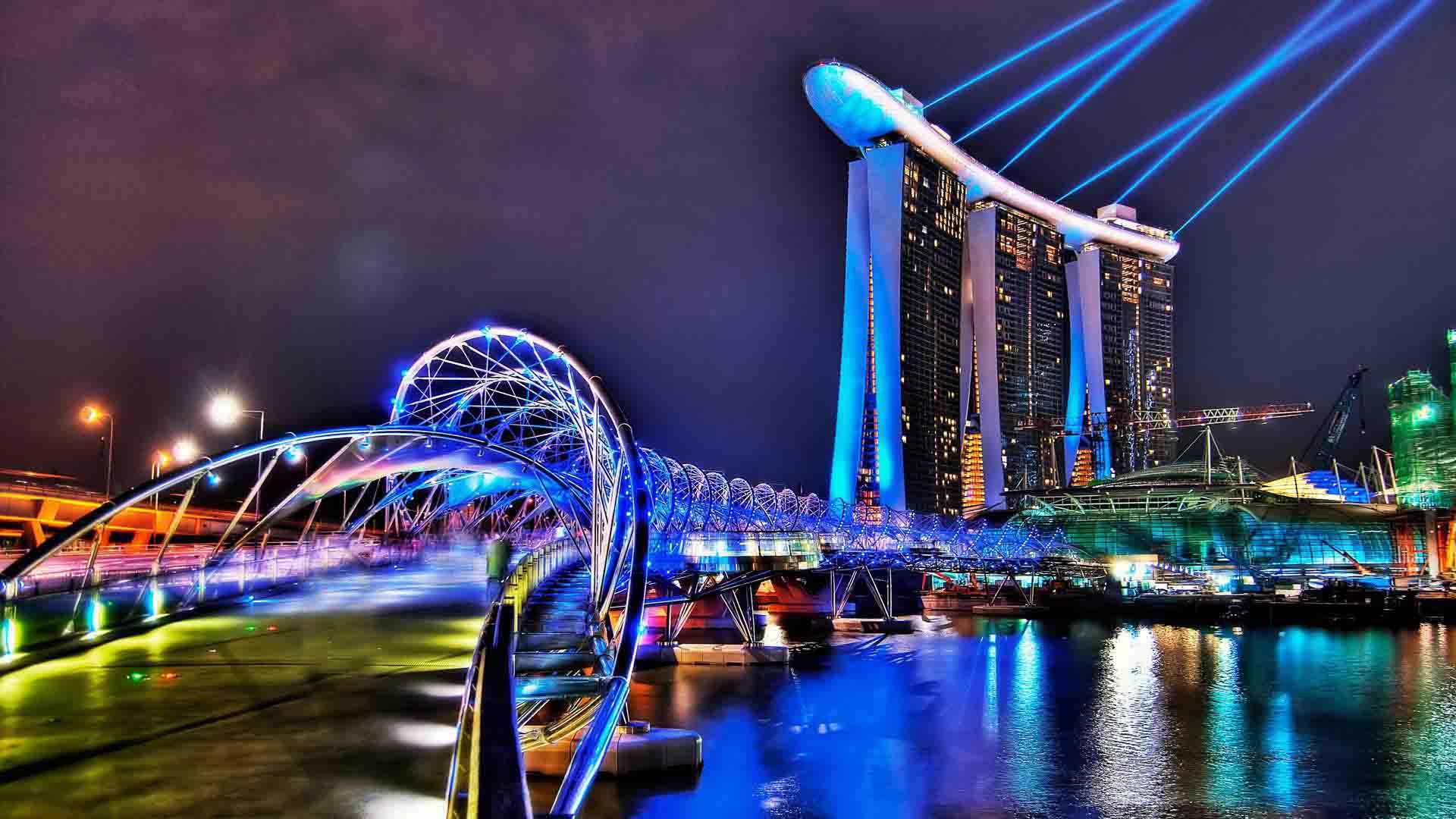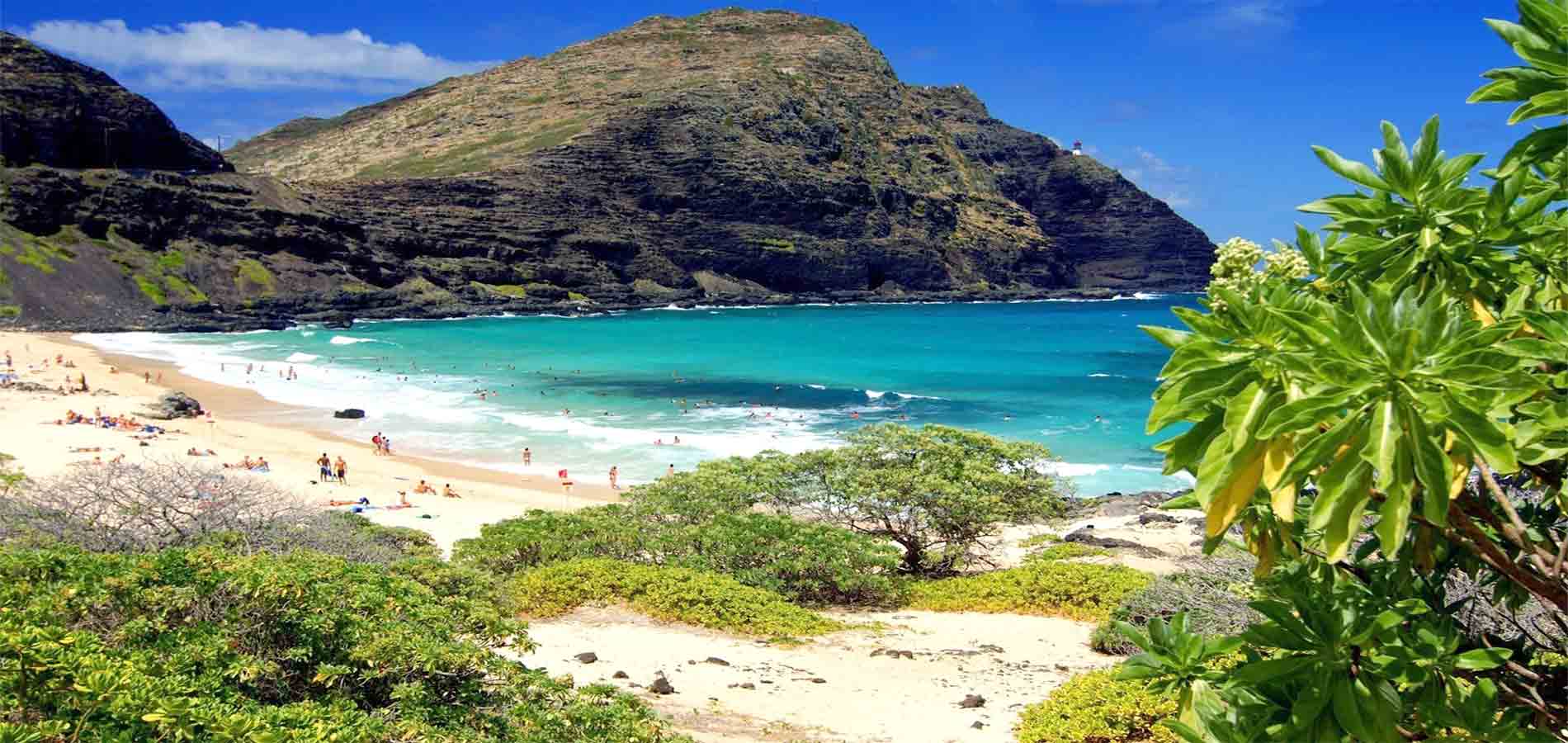Gateway of India
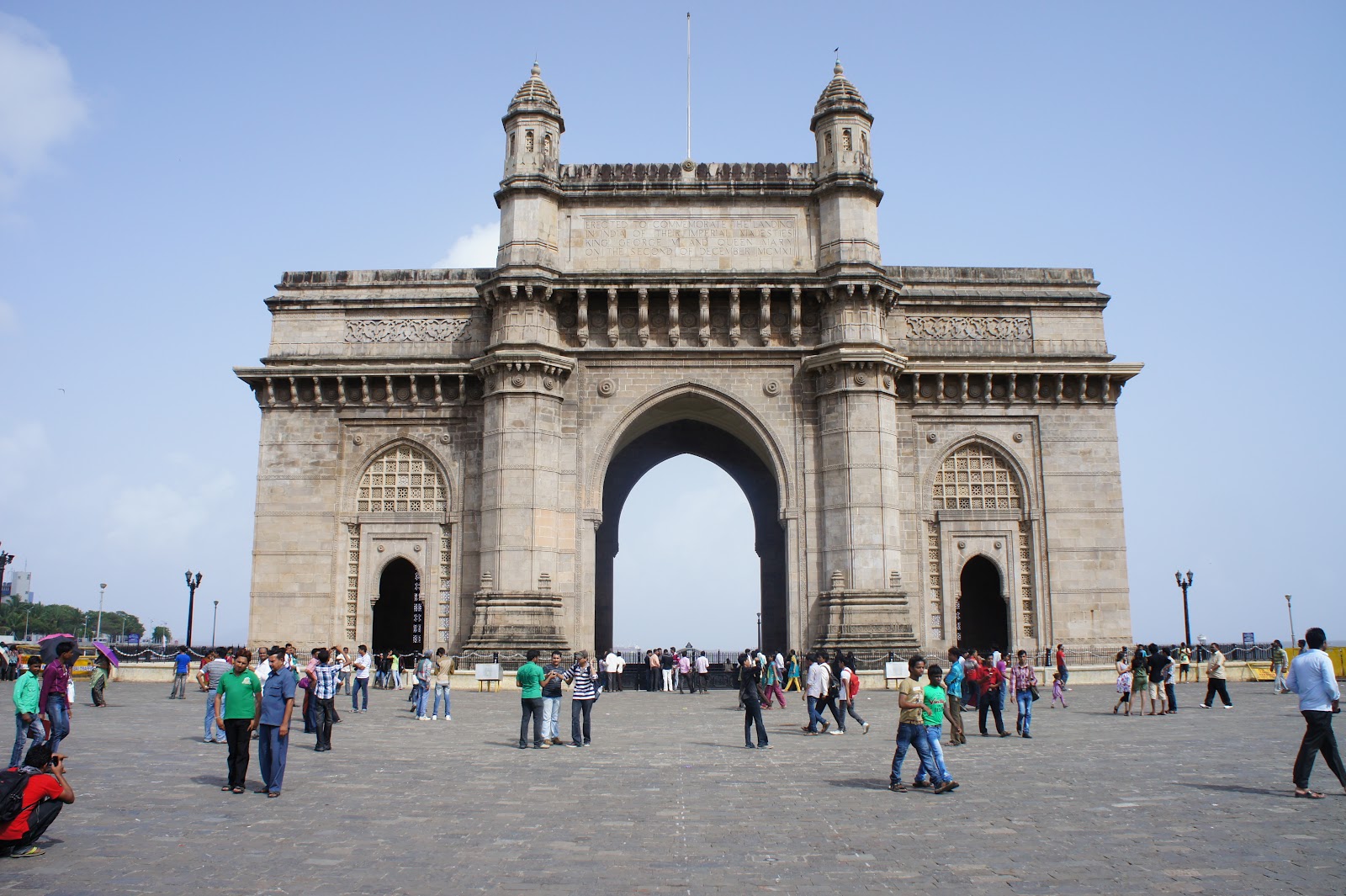
The Gateway of India is a landmark constructed amid the British Rule in Mumbai City of Maharashtra state in Western India, It is situated on the waterfront in the Apollo Bunder region in South Mumbai and disregards the Arabian Sea. The structure is a basalt curve, 26 meters high. It lies toward the end of Chhatrapati Shivaji Marg at the water's edge in Mumbai Harbor. It was an unrefined pier utilized by the angling group which was later redesigned and utilized as an arrival spot for British governors and other unmistakable individuals. In prior times, it would have been the first structure that guests landing by watercraft in Mumbai would have seen.
Elephanta Caves
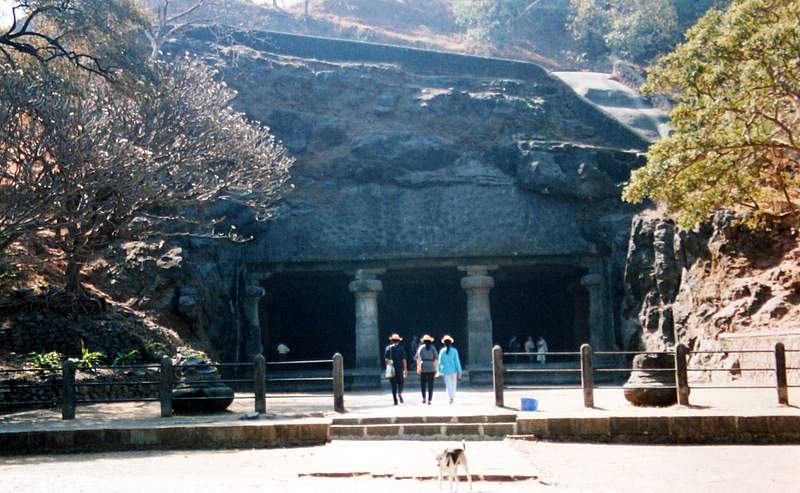
The Elephanta Caves are a system of etched holes situated on Elephanta Island, "the city of caverns" in Mumbai Harbour, 10 kilometres toward the city's east of Mumbai in the Indian condition of Maharashtra. The island, situated on an arm of the Arabian Sea, comprises of two gatherings of hollows—the first is a substantial gathering of five Hindu holes, the second, a littler gathering of two Buddhist holes. The Hindu holes contain rock cut stone models, speaking to the Shaiva Hindu organization, devoted to the Lord Shiv.
Siddhivinayak Temple, Mumbai
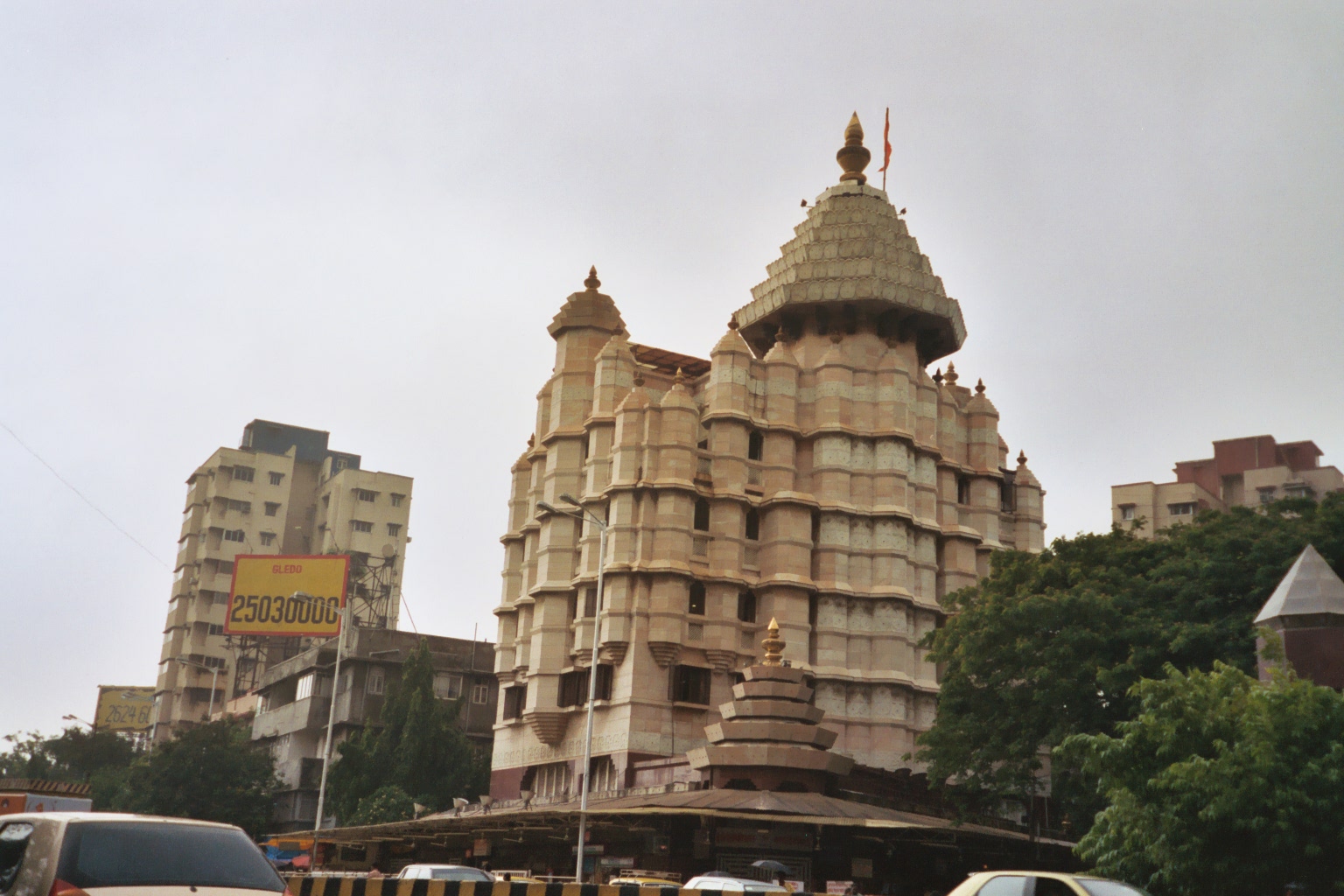
The Shree Siddhivinayak Ganapati Mandir is a Hindu sanctuary committed to Lord Shri Ganesh. It is situated in Prabhadevi, Mumbai, and Maharashtra. It was initially assembled by Laxman Vithu and Deubai Patil on November 19, 1801.It is one of the wealthiest sanctuaries in Mumbai.
The sanctuary has a little mandap (lobby) with the altar for Siddhi Vinayak ("Ganesha who gifts your wish"). The wooden ways to the sanctum are cut with pictures of the Ashtavinayak (the eight signs of Ganesha in Maharashtra). The inward top of the sanctum is plated with gold, and the focal statue is of Ganesha. In the fringe, there is a Hanuman sanctuary also.
Karla Caves
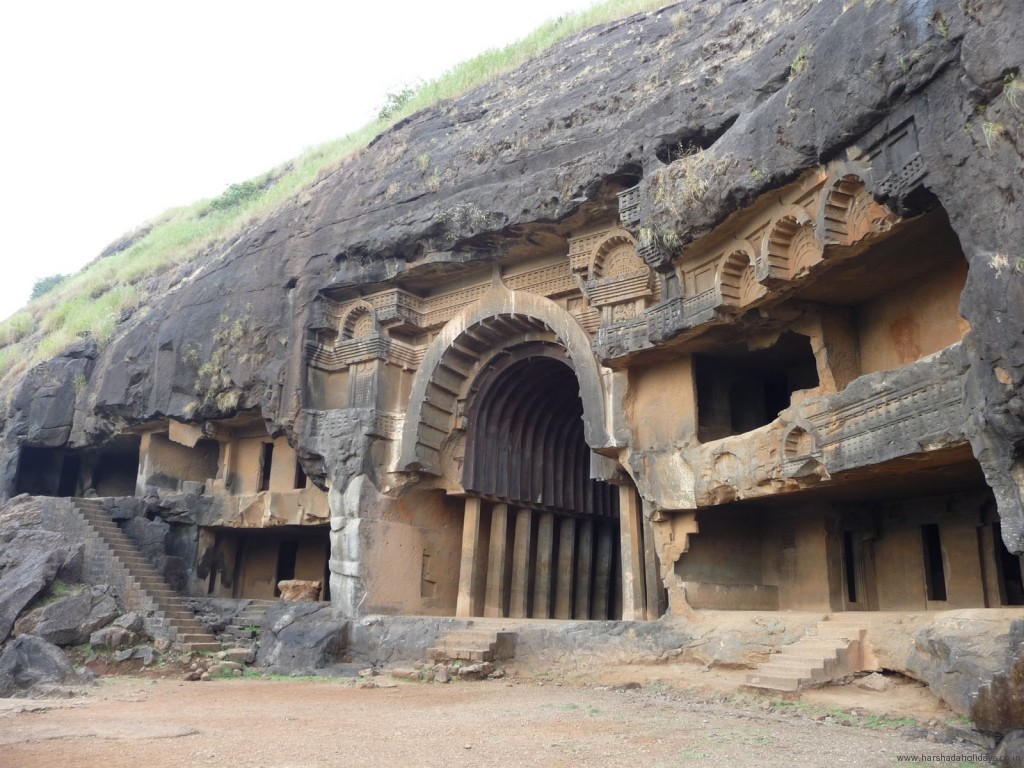
The Karla Caves or Karle Caves or Karla Cells are a complex of old Indian Buddhist rock-cut hole holy places situated in Karli near Lonavala, Maharashtra. The hallowed places were created over the period – from the second century BC to the fifth century AD. The most established of the whole places of worship is accepted to go back to 160 BC, having emerged almost a noteworthy antiquated exchange course, running eastbound from the Arabian Sea into the Deccan. Karli's area in Maharashtra places it in a locale that denotes the division between North India and South India. Buddhists, having gotten to be related to business and assembling through their initial relationship with merchants, had a tendency to find their ascetic foundations in normal geographic developments near significant exchange courses to give cabin houses to voyaging traders.
Aurangabad (Maharashtra)
Bibi Ka Maqbara
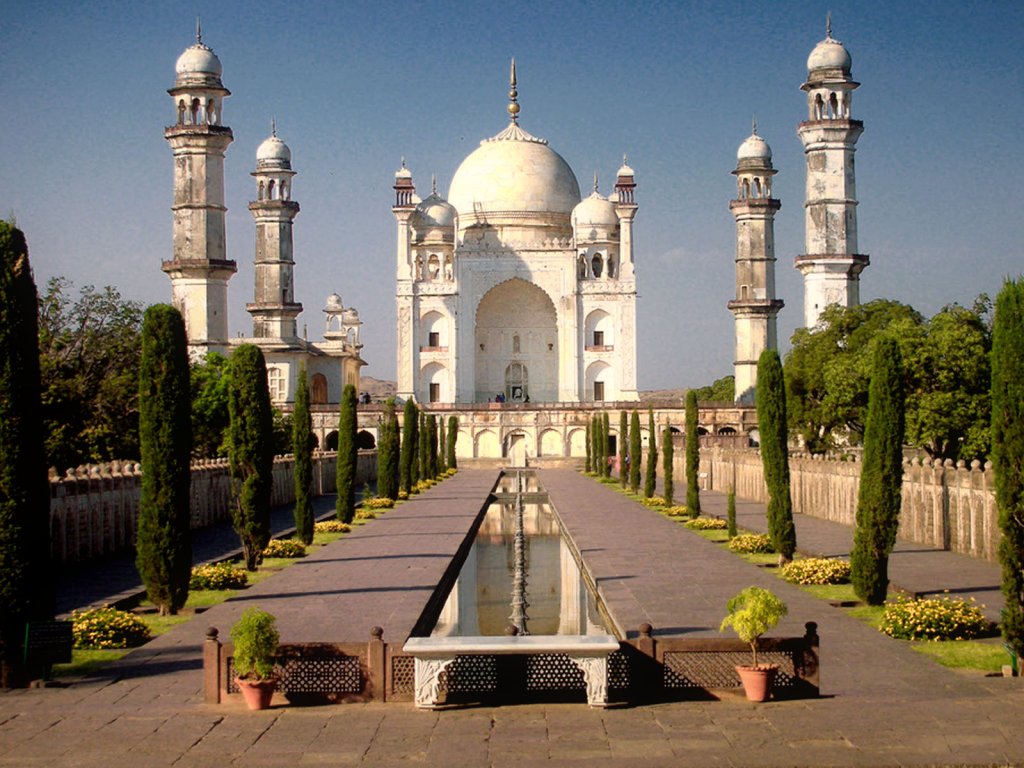
The Bibi Ka Maqbara is located in Aurangabad, Maharashtra, India. It was built by Azam Shah, son of Aurangzeb, in 1678 in memory of his mother, Dilras Banu Begum.
Ajanta Caves
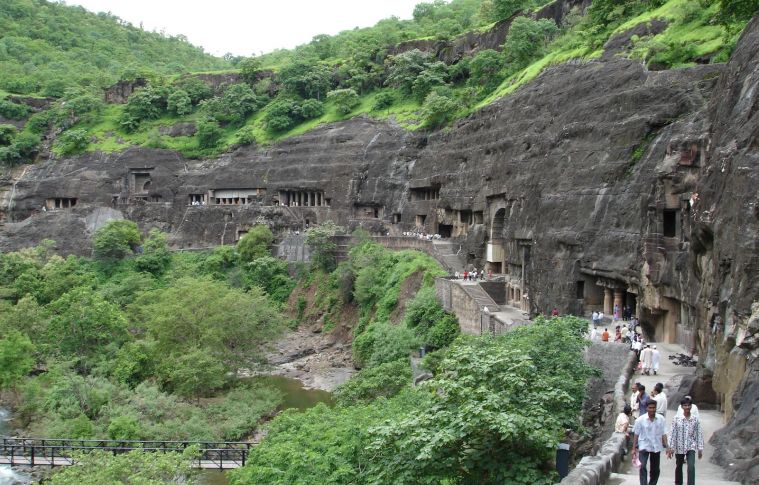
The Ajanta Caves in Aurangabad district of Maharashtra state of India are about 30 rock-cut Buddhist cave monuments which date from the 2nd century BCE to about 480 or 650 CE.
Ellora Caves
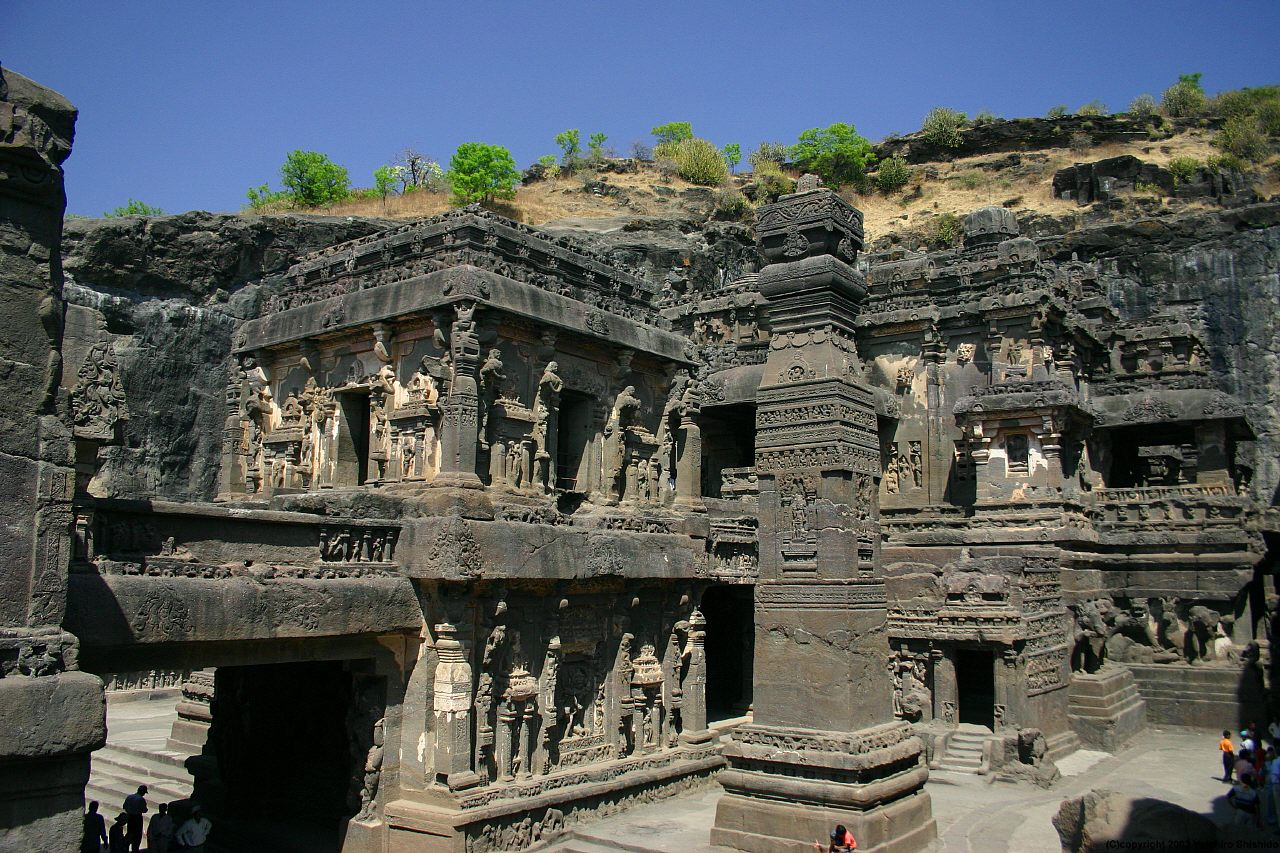
Ellora is an archaeological site 29 km north-west of the city of Aurangabad in the Indian state of Maharashtra, built by the Rashtrakuta dynasty and Yadav.
Nashik (Maharashtra)
Ramkund
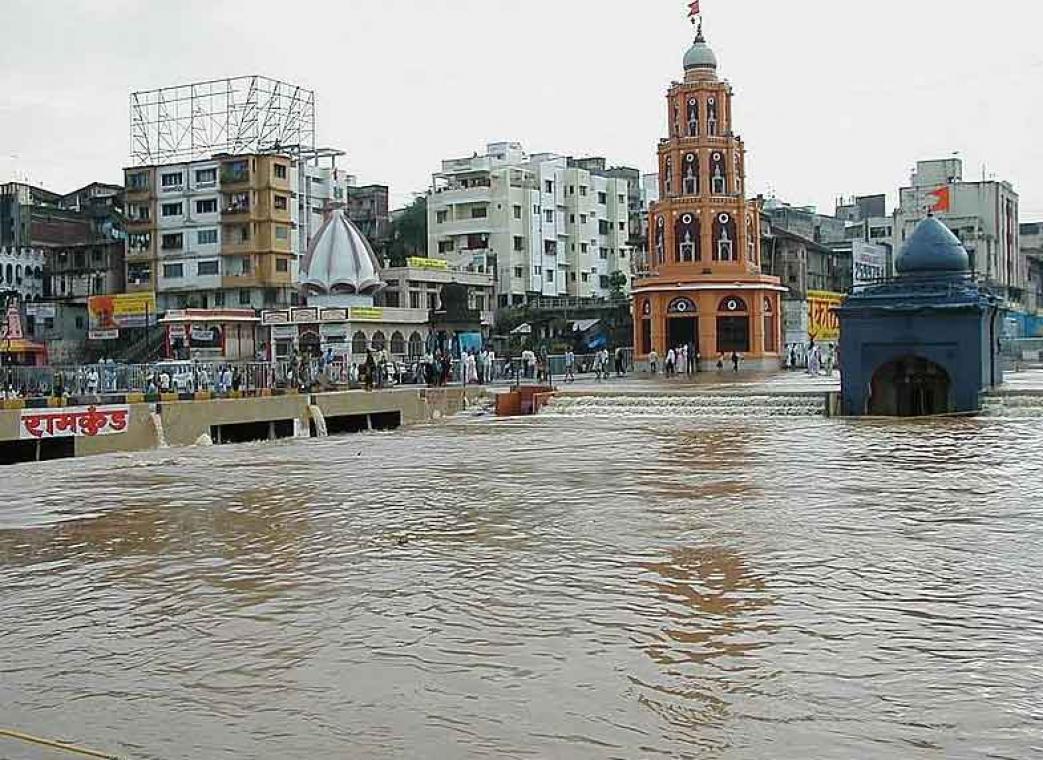
This tank is a holy place for Hindus. Devotees believe that a dip in this tank will fulfil their wishes. According to Hindu mythology, LordRama used to take bath in this tank during his stay in Nashik. Ramkund is the place where river Godvari unites with two other rivers Varuni and Tharuni.This combination of three rivers is known as Triveni Sangam.
Muktidham Temple
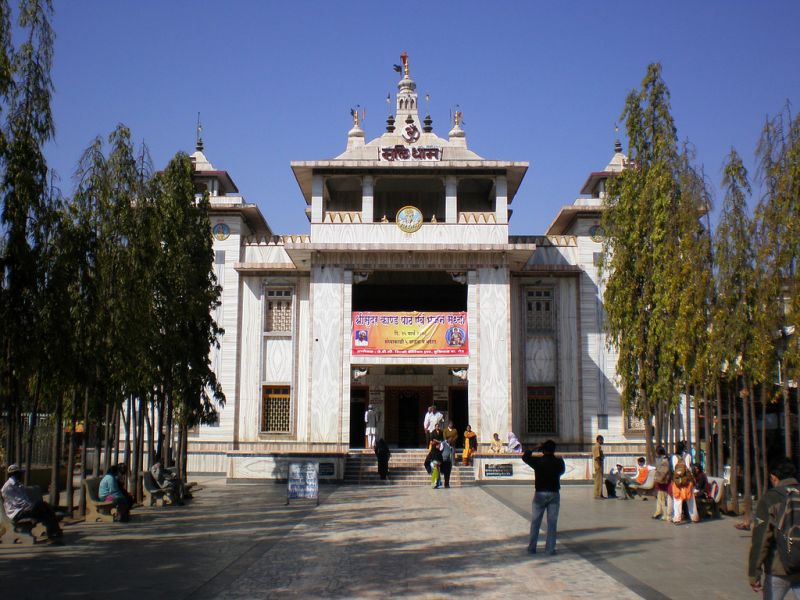
Muktidham is located at Nashik road. This temple with intricate architecture was constructed out of white marble. The temple has carvings of 18 chapters from Bhagawad Gita, believed to be the great Indian religious text, 12 Jyotirlinga and idols of Hindu deities.
Kalaram Temple
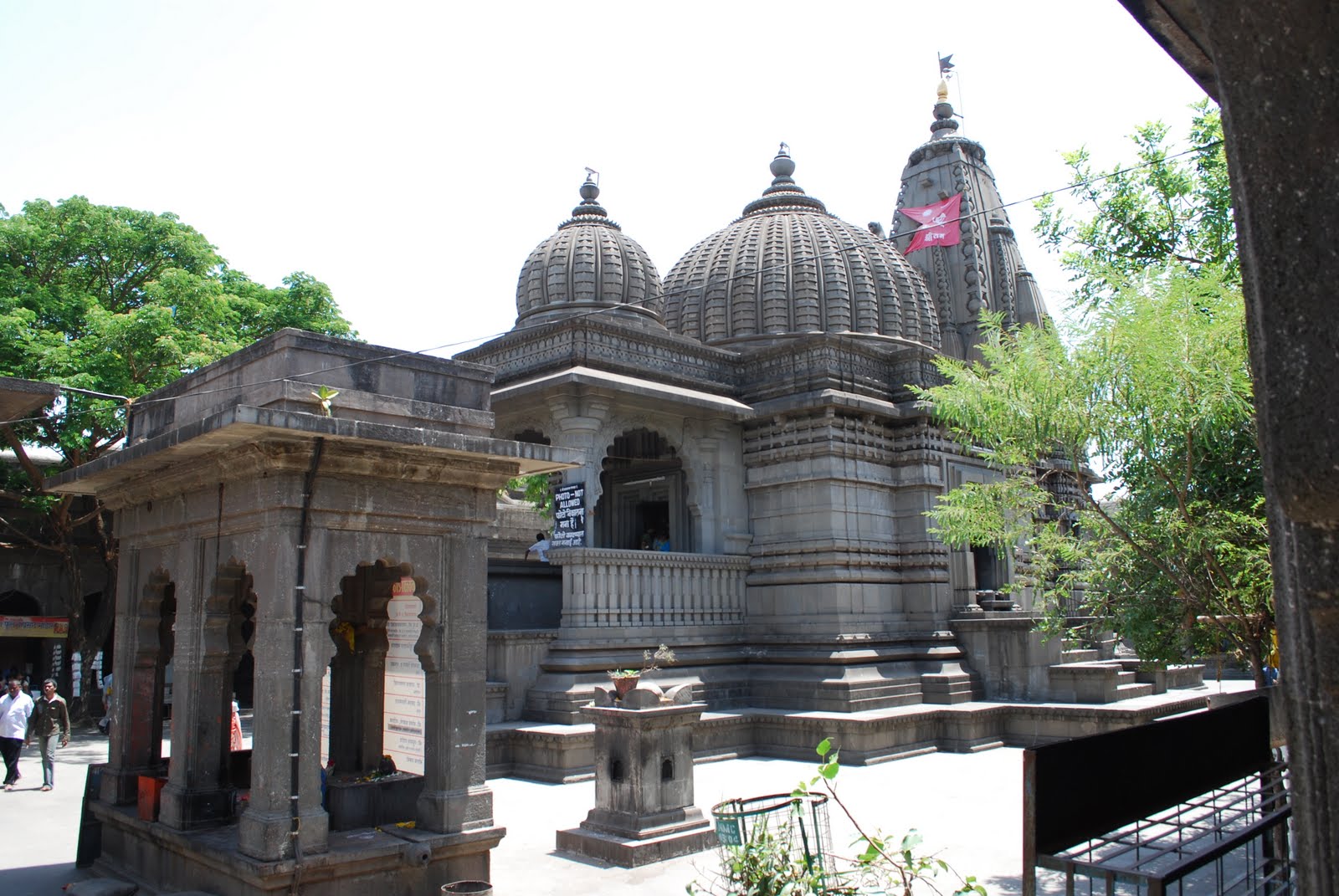
Kalaram Temple is dedicated to Lord Rama.The meaning of kalaram is black Rama.Thousands of people visit this temple every year. Tourists are enthralled by its huge 70 feet black stone structure. The temple’s gold-plated copper pagodas are enriched with intricate art work.
Sundarnarayan Temple
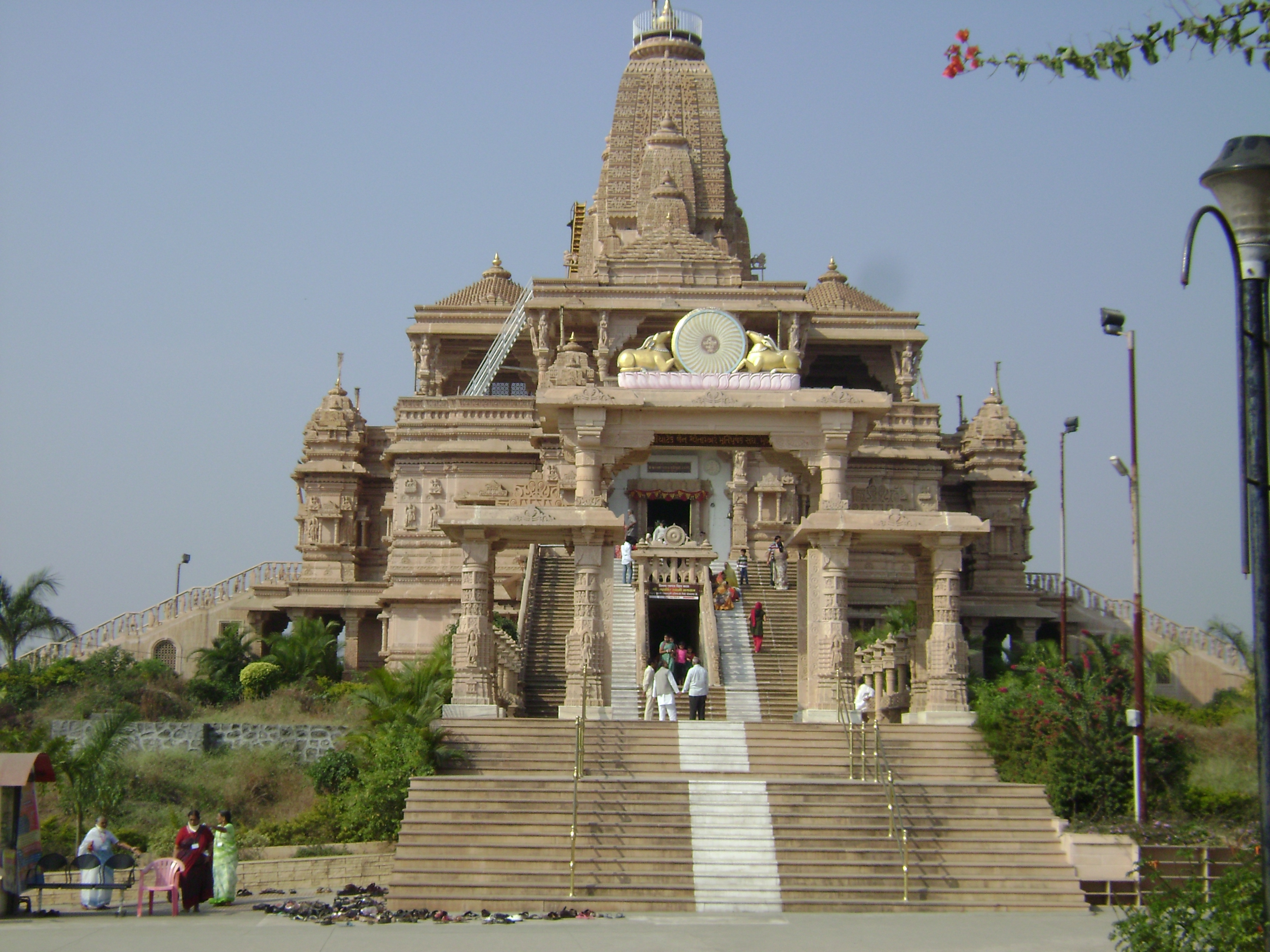
Situated on the corner of Ahillyabai Holkar bridge. This temple was built in 1756 by Chandrachud. The sanctum sanctorum houses the idol of Lord Vishnu. Speciality about its architecture is it is built in such a way that very first ray of the sun falls on the deity of Lord Vishnu. According to holy book Dnyaneshwari , Devgiri's King took bath in Badrika Sangam Pond which is on the way of this temple.
Trimbakeshwar
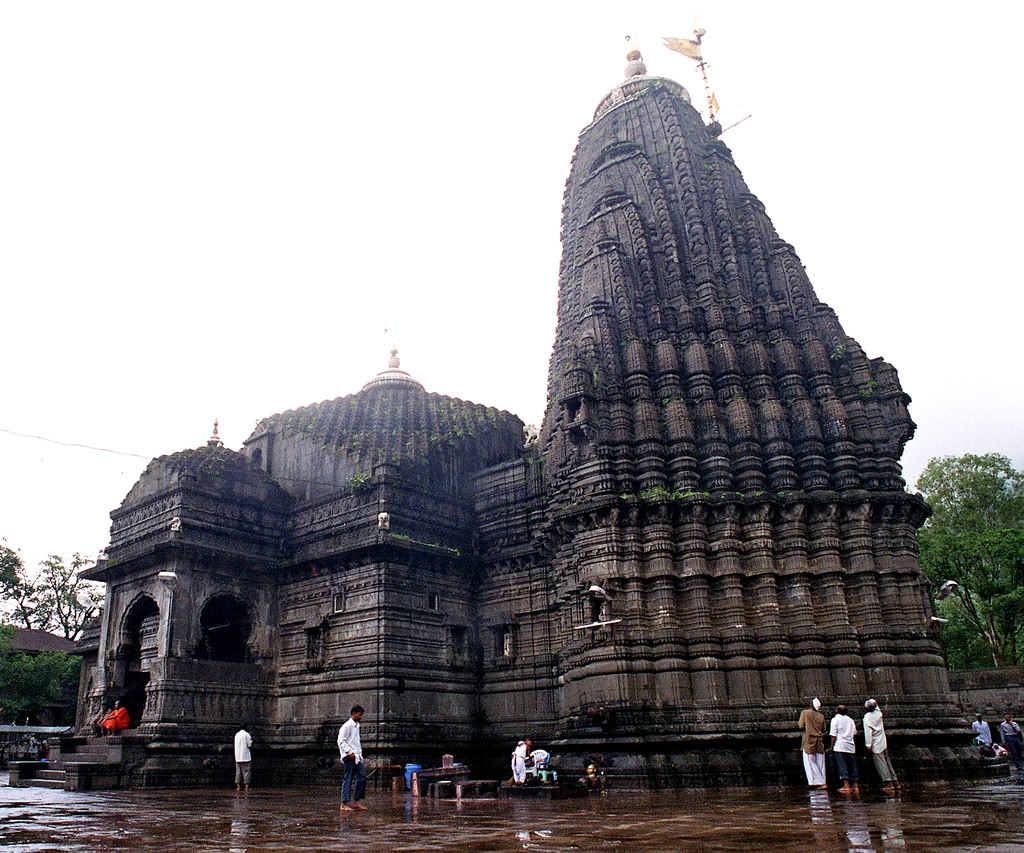
Being a well known holy place of India, this shrine is one among the 12 Jyotirlingas. It is just 30 km from Nashik. The shrine houses a Shiva Linga in the sanctum sanctorum. Devotees believe that a person will attain salvation after visiting this temple. The sacred river Godavari originates here. The holy bath tank known as Kushavarta is located at 5 min away from the main temple. This Kushvarta holds greater importance during the Kumbhmela shahi snan. At Kushavarta river Ganga takes route to the rest of the India and origin of this river Ganga named here as Godavari is at top of the Bramhagiri hill. This holy pond is always full with Godavari water, never dries up and nobody knows from where the water comes into the pond and forms the river.
Someshwar Temple
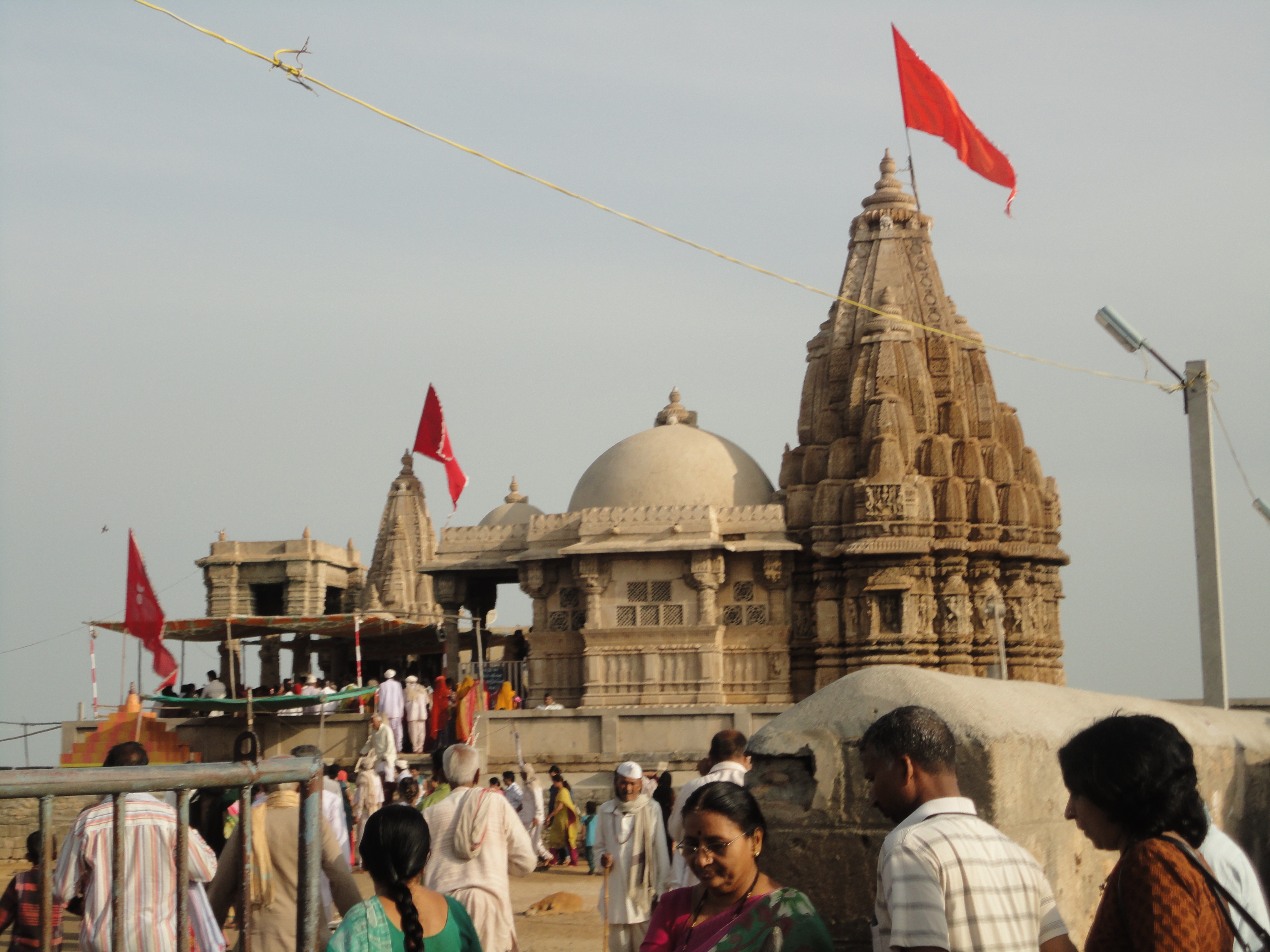
This is one of the oldest temples dedicated to Lord Shiva and Lord Hanuman.This place is located six km away from Nashik on the road to Gangapur. The temple is located on the banks of the Godavari River.
Kapaleshwar Temple
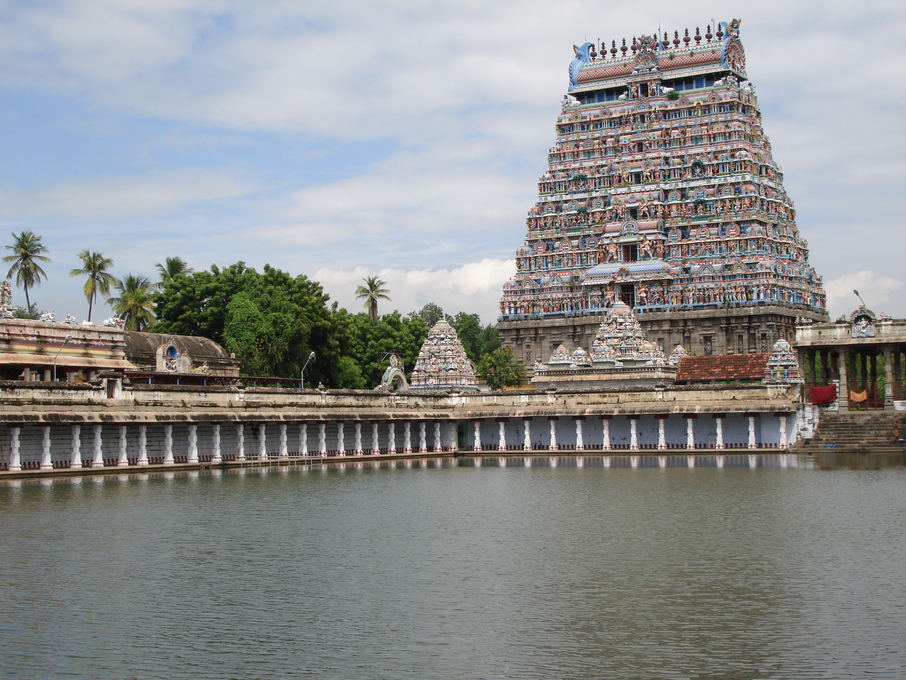
It is one of the oldest temples in Nashik. There is no icon of Nandi (bull) in this temple which is an uncommon thing about the temples of Lord Shiva.



